Breadcrumbs
Anatomy of a Motherboard
Description: This article will give you a overview of the anatomy of a computer motherboard. Looking at a motherboard for the first time could leave you with several questions. This quick guide seeks to identify and explain each of the key parts of a typical motherboard. This article references an ASUS ROG STRIX B450-F Gaming Motherboard however the general design of most motherboards is very similar for purposes of this article.
Please be aware that each of the images below is also linked to a larger version of the image that will open in another tab in case you would like to see them in greater detail.
Let's begin with the CPU Socket - where the processor goes. Typically, the CPU will be from one of two manufacturers: Intel or AMD. You can tell what processors are compatible by checking the socket type. This board has an AM4 socket which fits most current AMD processors.
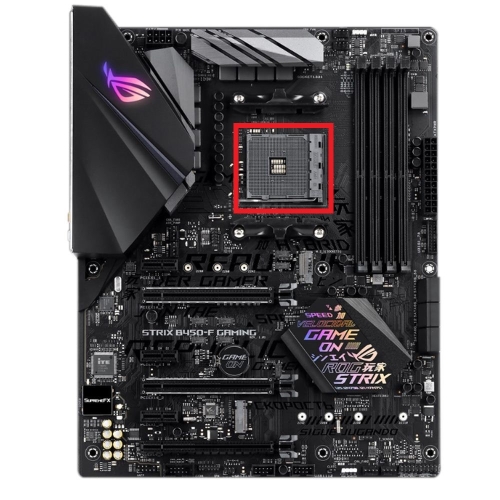
Next, we move to the memory or RAM slots. Modern memory slots will feature one side with a clip that is used to hold the memory stick in place. The other side will be ridged to hold the stick in place but allow the memory stick to be pressed into the slot without the need to have a second clip found in older motherboards.
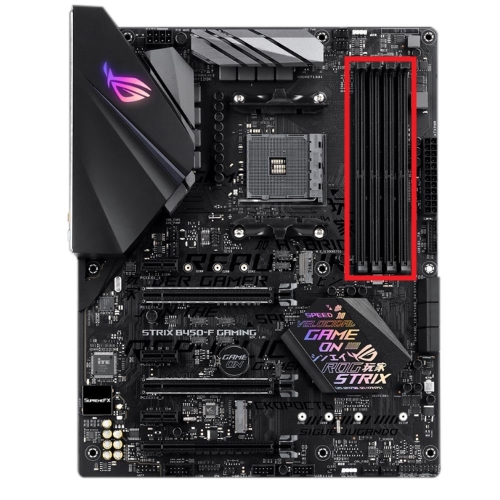
There are two main power connectors on a motherboard. All motherboards, much like this B450, will have a motherboard power port that uses a 20+4pin configuration. Modern power supplies will usually have this already set up for the full 24pin setup. Depending on the computer, they can run anywhere from 20pin to as little as 11pin for most prebuilt towers, such as Lenovo or Dell. As for CPU power, located top left, it will run either a 4pin or 8pin connection. That 8pin connection may be a 4+4pin, with some CPU power cables even running an 8+4pin.

Now we see the PCIe slots - referred to as PCI Express slots. Most motherboards will have multiple slots. The first image highlights the PCIe 16x slots and the second image highlights the PCIe 1x slots. Graphic cards are the most common expansion cards placed in these slots, but they also function as additional slots for anything from additional USB ports to sound cards and secondary network cards.


Next we see the front panel connections that usually span the bottom of the board. This is where ports and buttons on the front of the case are normally connected to the motherboard. For the most part they will be on the bottom of the board, but if the board supports USB 3.0 or higher, you will see the header below or to the side of the motherboard power pins in most builds.

Most computers will have at least one SATA Port in use at any given time, so it’s important you know where to look when utilizing them. SATA is now the standard connection for most internal Hard Drives, SSD Solid State Drives, and Optical Drives.
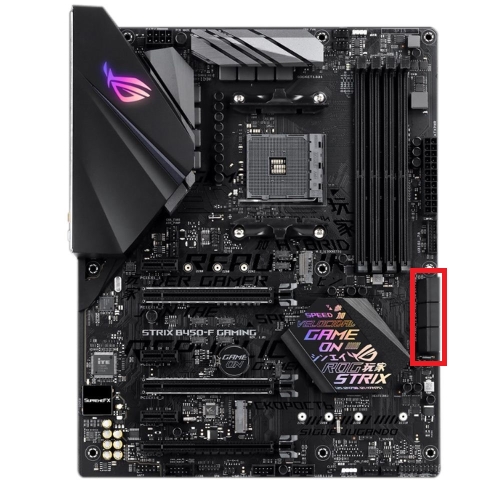
Next, we have a newer port on motherboards, the M.2 slots. These slots, depending on the board, will usually fit one of two type of M.2 devices - SATA or PCIe. When in use, they will take up a portion of the data lanes available of their given type. Most commonly they are used for internal SSD storage - something that looks like a memory stick and functions like a disk drive.
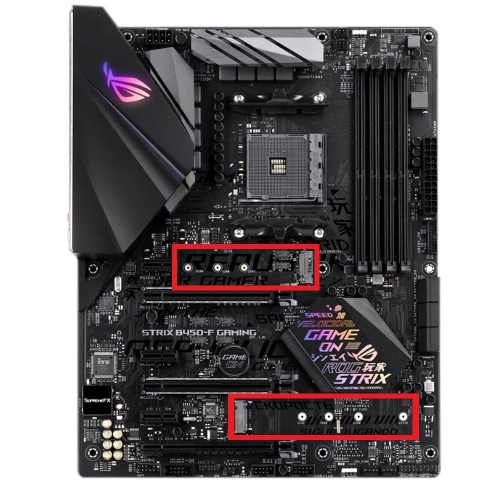
Finally, let’s look at the I/O Panel - Input and Output connectors, where all your cables plug in to the back of the computer. The arrangement and selection of ports will vary between motherboards. Starting on the far left, we can begin with the PS/2 port. This is what is known as a legacy port. While most keyboards and mice today will use USB in one form or another, the support for PS/2 stems from a fall back option for keyboard or mouse connections should the motherboard experience issues with their USB ports.
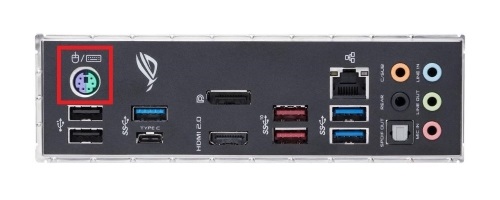
On the topic of USB, lets continue with the next set of ports on the panel. USB ports come in a variety of colors and at least two shapes. Notice the standard rectangular USB ports. Different versions are signified by the color of the port, but USB ports and most devices are backwards compatible. The Type-C USB port - an oval shaped port located below the single light blue USB Port - is the other type of USB on this panel. While newer to motherboards, it functions identically to its more common cousin, but is able to perform at greater speeds and transmit higher power levels.

Looking towards the center of the panel, we have the video ports. Pictured here are two of the more modern video connections, HDMI below with Display Port or DP above. While most motherboards still come with video ports, many higher end CPUs no longer come with integrated graphics, relying instead on a dedicated video card that many computers come with now.

Next we see the Ethernet Port. This is where the network cable would plug in to your computer. Virtually all motherboards will have one of these as desktops typically rely on a wired connection to the internet. Ethernet still provides the best network speeds and connection stability. Some motherboards may also support wireless connections. While the first one does not, the second picture from a similar model shows what they look like.
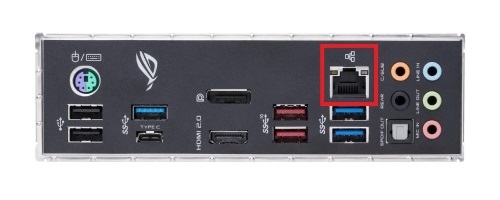
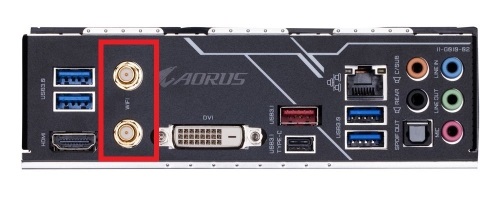
For our last item we see the sound ports. This board has several connectors, but most of the time it comes down to what your sound setup is. Most motherboards use a standard color-coded scheme: green for audio (speakers or headphones), and red or pink for microphones. The additional ports are for additional speakers like surround sound or related features. SPDIF is reserved for Digital Audio.
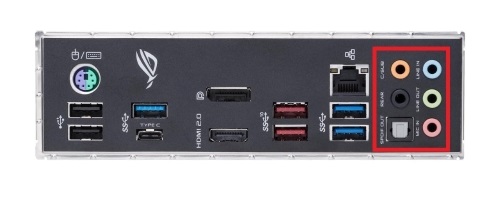
Technical Support Community
Free technical support is available for your desktops, laptops, printers, software usage and more, via our new community forum, where our tech support staff, or the Micro Center Community will be happy to answer your questions online.
Forums
Ask questions and get answers from our technical support team or our community.
PC Builds
Help in Choosing Parts
Troubleshooting
